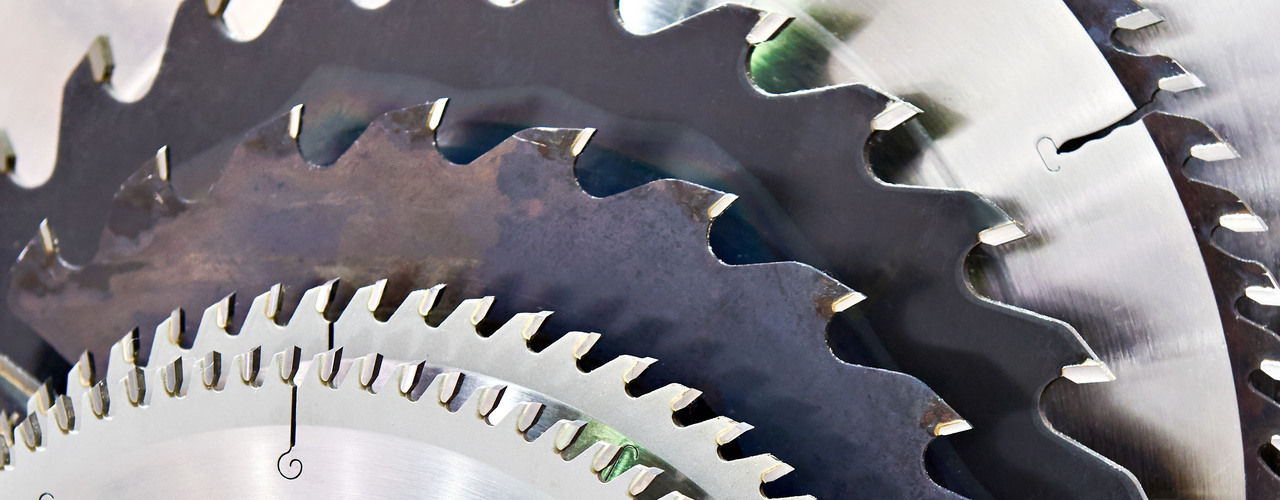Taking care of your saw blades is one of the smartest things you can do to keep your tools working at their best. Whether you’re a DIY enthusiast or a professional craftsman, extending the life of your saw blades saves money, improves performance, and delivers cleaner cuts for every job. With a little maintenance, the right habits, and these tips for making your saw blades last longer will help you find success in every project.
Keep Your Saw Blades Clean
Residue from wood, adhesives, or cutting lubricants can build up quickly on saw blades. This buildup dulls the blades and affects cutting accuracy. To clean your blades, use a blade-specific cleaner or a mixture of warm water and mild detergent. Scrub gently with a soft brush or nylon pad to remove the grime. Rinse and dry the blades thoroughly to prevent rust. Clean blades perform better and stay sharper, so this simple practice is worth the effort.
Regularly Inspect Your Saw Blades
Take the time to visually inspect your saw blades before and after use. Look for signs of damage, such as chipped teeth, cracked metal, or buildup that you might’ve missed earlier. A quick inspection ensures you’re working with a blade that’s in good shape and enables you to catch wear and tear before it worsens. Catching problems early can prevent accidents and help your saw blade last longer.
Store Your Blades the Right Way
Proper storage is key to protecting saw blades when they’re not in use. Leaving blades lying around exposes them to damage from moisture, dirt, or accidental impacts. Instead, use cases or wall-mounted racks to store them in a dry spot away from potential harm. Placing dividers between blades keeps them from scratching against each other or dulling prematurely.
Use the Right Blade for Each Job
Choosing the correct blade for the material you’re cutting plays a big role in prolonging its life. A blade designed for cutting metal will quickly wear out if used on wood, and vice versa. Match the blade not just to the material but also to the specific type of cut you’re making. Spend some time reading manufacturer recommendations on blade use to ensure you’re approaching each project properly.
Keep Your Blades Sharp
Sharp blades don’t just make cleaner cuts—they also work more efficiently and put less strain on the saw itself. If your cuts start to look rough or uneven, it’s a good sign that your blade needs sharpening. You can either sharpen the blades yourself using a file or grinding tools or take them to a professional who knows how to handle the task safely. Regular sharpening keeps your blades in optimal condition and extends their life significantly.
Saw blade maintenance doesn’t have to be complicated. If you follow these tips for making your saw blades last longer, you’ll improve overall performance. The more you care for your tools, the better they’ll perform for your projects.





